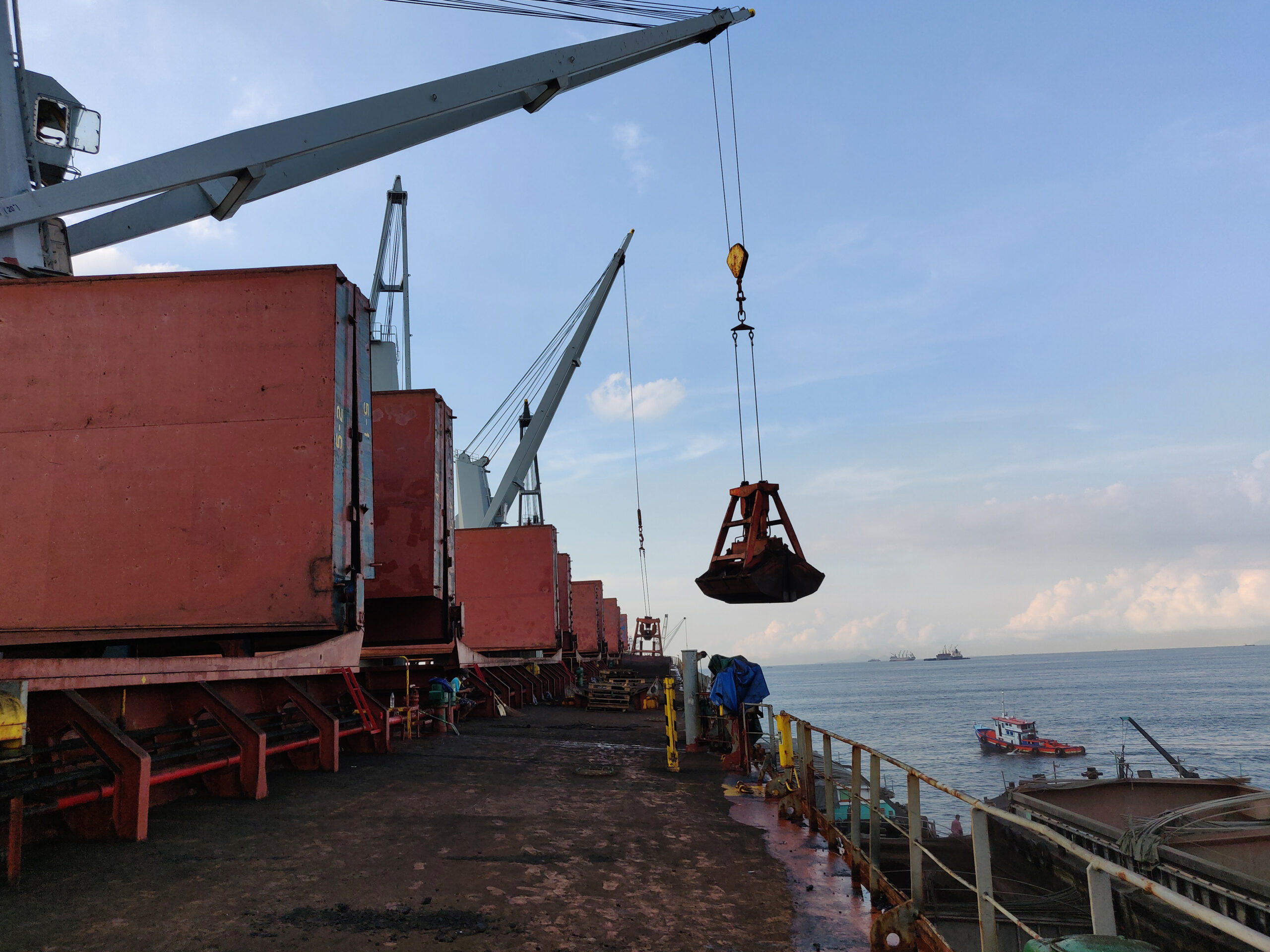The Swedish Club guide warns of rise in cargo shortage claims.
In the last five years, the Swedish Club’s statistics show that shortage was the most common type of claim for bulkers carrying grains, contributing to 63% of all claims.
Despite the many and varied categories of cargo damage faced by shipowners transporting grain cargoes, when it comes to claims, it’s actually cargo shortage that they need to be prepared for.
These claims account for 63% of all claims recorded. Such a significant figure should prompt shipowners to pay keen attention to this issue, said the marine insurance Club.
During the five year period of the report the most common claims were for shortage (63%) especially during discharge (68%) and these were seen most commonly in North Africa and China.
About 70% of shortage claims occur due to discrepancies between the vessel’s figures and shore figures. In this five-year period there were few claims in China until 2021, but since then the analysis shows that there was a steady increase in the region.
Over the entire five-year period, however, most claims were in North Africa, in accordance with The Swedish Club. The increase of claims in China over the last couple of years can be related to the pandemic.
Cargo claims are the most common and costly category of P&I claims. The marine insurance company The Swedish Club, founded by shipowners in 1872, in its analysis of the statistics over the past years shows that 20% of all insured bulk and general cargo vessels suffer a cargo claim a year.
The Club’s new publication, Bulker Focus: Carriage of Grains and Soya Beans, examines the complexities of transporting these commodities, highlighting the prevalence of cargo shortage claims.
In this guide the marine insurance company focuses on cargo claims in relation to grains and soya beans. To be included in the statistics the claims must have generated a cost of at least $5,000 and have been made between 2018 and 2022.
The Club has reviewed around 200 bulk carrier claims and performed in-depth analyses on the gathered statistics.
The publication also includes sections that provide guidance on carrying out fumigation and ventilation effectively in addition to a review of customs’ fines.



